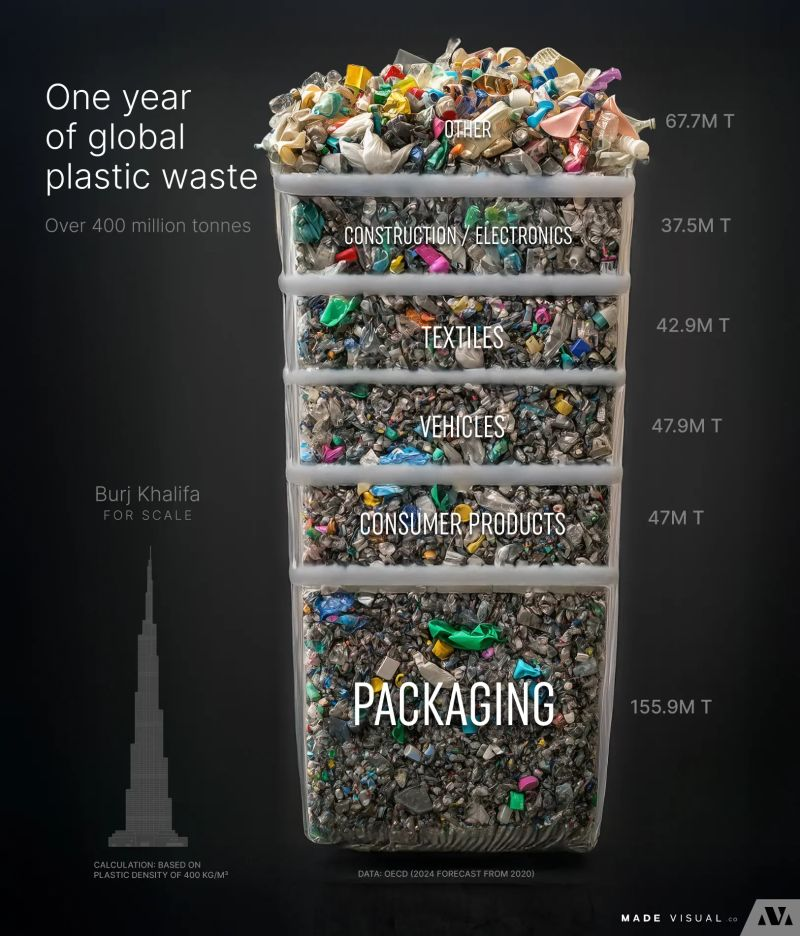In 2019, the world generated 53.6 million metric tons of e-waste (Global E-Waste Monitor). That’s like throwing away 1,000 laptops every second.
According to United Nations, around 7.8 kg per capita e-waste is generated at 2022. That means 62 billion kg yearly, but that number probably doesn’t mean much for an individual - yet only 22.3% of it was formally collected and recycled.
While former collection numbers are better in global north, e-waste per capita is way less in south asia or africa.
The economic value of the metals contained in the e-waste generated globally in 2022 is estimated at USD 91 billion. Currently, e-waste management generates USD 28 billion worth of secondary raw materials out of the maximum of USD 91 billion. Most losses occur due to incineration, landfilling or substandard treatment. The current secondary raw material production avoids extraction of 900 billion kg of ore.1
- 57.4 Mt (Million Metric Tonnes) of e-waste was generated in 2021. The total is growing by an average of 2 Mt a year.
- There is over 347 Mt of unrecycled e-waste on earth in 2025.
- China, the USA, and India produce the most e-waste.
- Only 17.4% of e-waste is known to be collected and properly recycled.
- Only 78 countries have any form of legislation for dealing with e-waste.
- Estonia, Norway, and Iceland have the highest e-waste recycling rates.
- The e-waste recycling market was valued at $49,880 million in 2020.
But first, let’s face the Battery waste problem:
❌ Over 15 billion batteries are thrown away globally each year.
❌ Less than 5% of lithium-ion batteries are properly recycled.
❌ Toxic metals from discarded batteries contaminate soil.
Canadian researchers at the University of British Columbia have now created a solution.
➡️ Paper mills produce large quantities of waste lignin, which can be used for other purposes: including making battery components
What’s the magic?
✅ 100% renewable.
✅ Harmless to soil.
✅ Decomposing naturally within weeks to months.2
